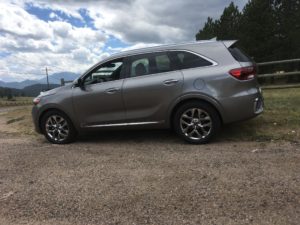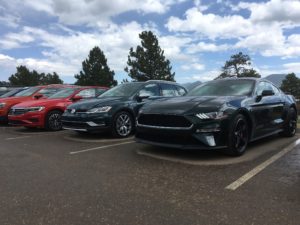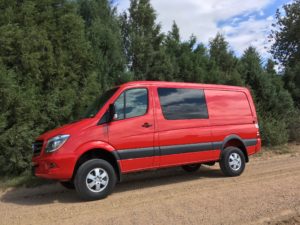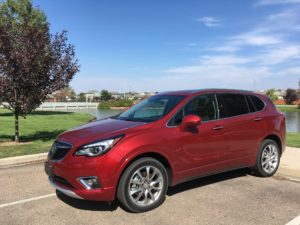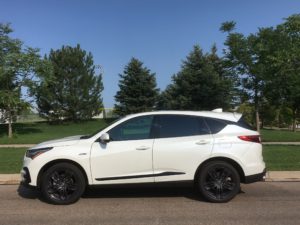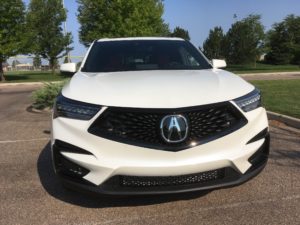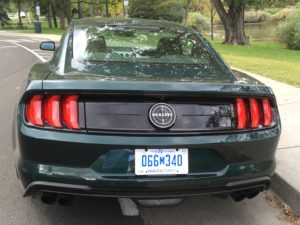
Four weeks after testing the 2018 Mustang GT, Ford sends me another edition of the iconic pony car – the 2019 Mustang Bullitt for the 50th anniversary of the movie which brought fame and renown to the coupe.
The movie, “Bullitt,” starring Steve McQueen, opened in October 1968. It featured a car-chase scene through the streets of San Francisco of McQueen’s Mustang and a Dodge Charger, regarded as one of the most influential of moviedom.
The Mustang Bullitt is equipped with a 5.0-liter V-8 engine of 480 horsepower (20 more than the GT I drove last month) and 420 lb.-ft. of torque, 6-speed manual transmission with active rev-matching for meshing perfect downshifts: it will run 0 to 60 in 4.4 seconds. The rear-drive Mustang is superb in handling, with magne-ride dampers and increased chassis stiffness for cornering capability, quick shifts and six-piston Brembo brakes, for which the calipers are painted red. It rides on Michelin 255/40ZR19 tires.
Steve McQueen was Lt. Frank Bullitt in the ’68 movie.
The chase scene begins when Bullitt, in his Ford Mustang, evades two hit-men riding behind him in their Dodge Charger. Bullitt appears behind their Charger, having turned the tables and is now following them. While waiting in traffic at an intersection, the Charger driver takes a moment to secure his seatbelt, and with a roar from the Charger’s 440 engine, he careens through the intersection, around a corner and away from the pursuing Bullitt. The Mustang gives chase through the hilly streets of San Francisco and the outlying highways. At one point, Bullitt spins out in avoiding a motorcyclist coming from the opposite direction and the hit-men might be in the clear, but moments later Bullitt reappears behind them. Bullitt tires to force the Charger off the road, with the vehicles banging door against door, but to no avail. The chase comes to a climactic end when Bullitt again tries to force the Charger off the road. The Charger driver loses control, crashes into a gas station, and the station explodes, taking the Charger and its occupants to a fiery end.
The Bullitt, like McQueen’s Mustang 50 years ago, is dark green in exterior finish, though the ’19 model can also be bought in black. Its sleek, fastback style is accented with 19-inch wheels, red brake calipers and Bullitt crosshairs logo on the back of the trunk.
Inside, the comfortable, well-contoured front seats are dark, stitched in light green, and a Bang & Olufsen sound system is pleasant. A standout feature is the white cue-ball shift knob.
The $51,465 sticker covers a Bullitt electronics interior package of premium audio, navigation, blind-spot monitoring and memory seats. Among safety items are glove-box-door integrated knee airbag and driver’s knee airbag, side-curtain bags and blind-spot with cross-traffic alert. The Mustang is built in Flat Rock, Mich.
EPA fuel-mileage estimate for the Bullitt is 15/25; my overall average was 17.2 mpg.
Drive modes run from normal to snow to sport to track to drag, with appropriately tuned exhaust rumbles for each of them.
It’s even got a “quiet” mode for those early morning starts when you don’t want to wake the neighbors.
